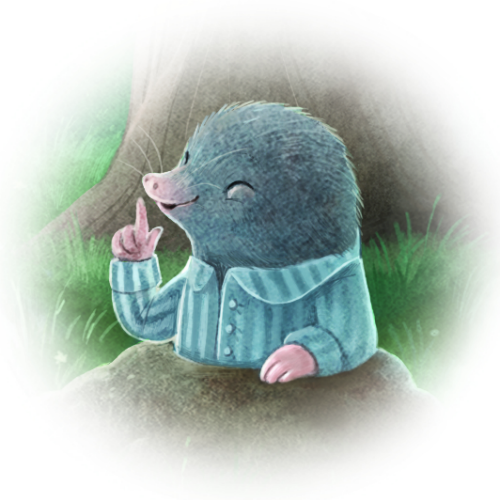- Home |
- Search Results |
- How to establish a peaceful bedtime routine
How to establish a peaceful bedtime routine
The Little Elephant Who Wants to Fall Asleep is a simple story that uses a unique and distinct language pattern that brings a calm end to any child's day, turning bedtime battles into a special end-of-day ritual. Here, author Carl-Johan Forssén Ehrlin gives his top parent-approved tips for a successful night-time routine with your little one.
Be persistent

Even if your child doesn’t fall asleep after you have read the whole story the first time, try reading it again. Give the book a real chance, even reading it through a couple of times. I remember a letter from one family in particular who said that bedtime could take up to five hours each evening. So they started to read The Rabbit Who Wants to Fall Asleep. The first evening, they read the whole story two and a half times before their child fell asleep. The following evening, they only needed to read the story once. Over the next few evenings, the length of time shrank further, and by the time they sent their letter, a week or so later, they were down to about eight minutes per evening. Bedtime went from five hours to just eight minutes, thanks to their persistence and faith in the book.
Create a habit
Read the book several times over a period of time in order to create a habit, which will help your child feel secure enough to relax into the story and want to go to sleep. Parents have told me how The Rabbit Who Wants to Fall Asleep has become a natural part of their bedtime, that both child and parent know the book by heart, and that the child quickly falls asleep each evening.
Prepare for bedtime

In order to get the best results with the story, your child should be worn out before you read it. There are, however, examples where parents have said that their very active child has managed to fall asleep right at the start of the story. You can also prepare your child before you read the bedtime story by communicating in a special way. Here are a few examples of what you could say:
“It looks like your eyelids are getting heavier and heavier. It’ll soon be time to go to sleep.”
“You’re getting sleepier and sleepier, aren’t you [yawn]?”
“Tonight we’re going to read a magical story that might make you want to fall asleep, maybe even before the story ends.”
Focus on relaxation
Some children will want to look at the pictures while you read the story, and some prefer just to listen. If your child is able to lie down in bed and listen to the story instead of looking at the pictures, there will be less visual information to process and your child will be more focused on what you’re saying.
Give the audiobook a try

My wife and I used the audiobook with our son before he was born. We started playing it when he was still in the womb when we were going to sleep, so he made the mental connection between the story and sleep. After he was born, we played the audiobook every evening when it was time to go to sleep. Now, he is three years old and falls asleep easily in the evenings, with or without the audiobook, because he has learned to relax. Whenever he’s sick or if we’re travelling, we use the audiobook to help him feel safe and calm when it’s time to go to bed.
Bath, Book & Bedtime
Discover all our best book recommendations for kids as well as helpful bedtime tips from experts.